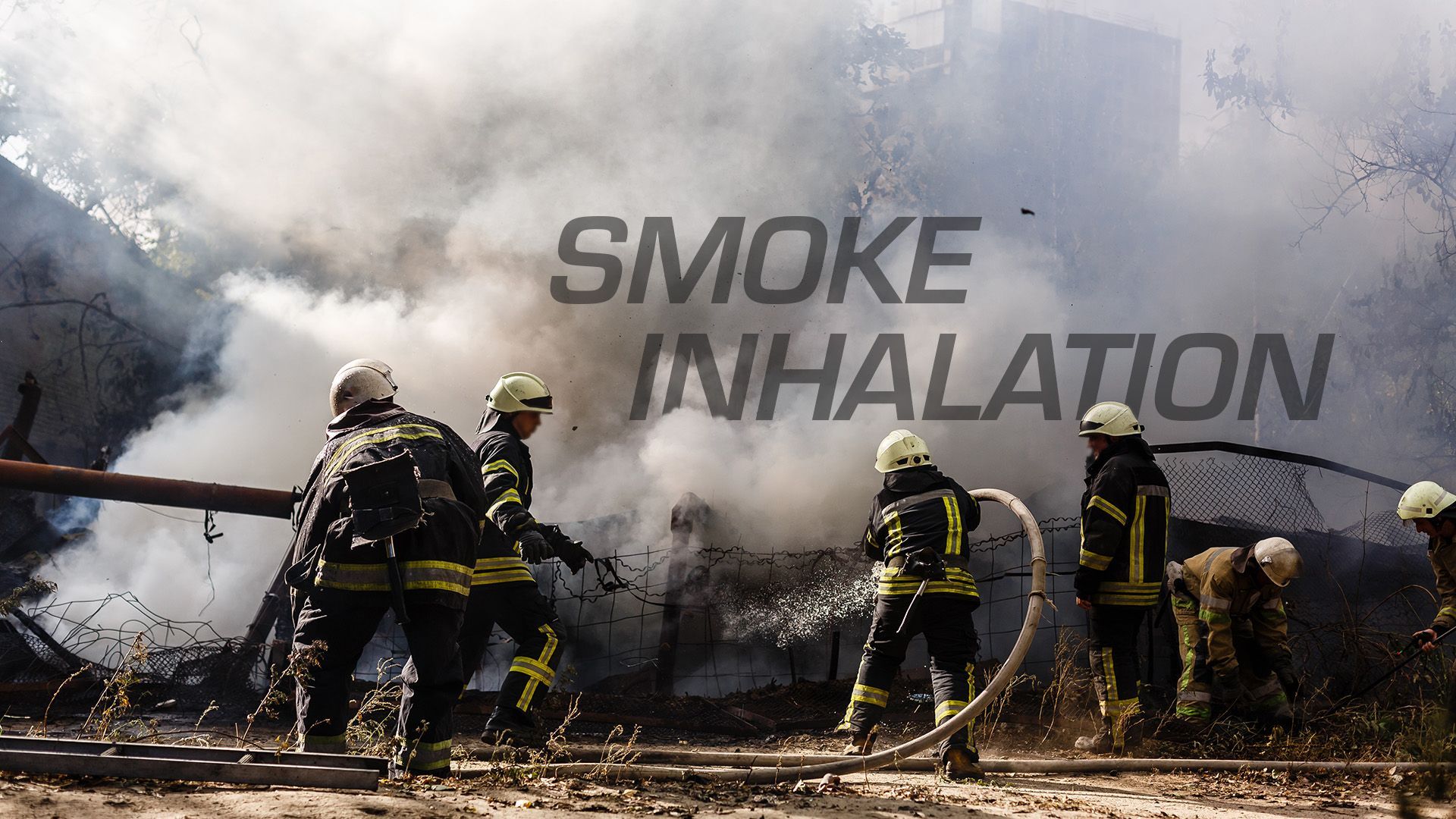There is plenty of smoke out west right now. Let’s review smoke inhalation injuries.
.#1 cause of death (50-80%) in fires is from smoke inhalation. Depending on what is burning, smoke can contain many different harmful products of combustion.
- SIMPLE ASPHYXIANT- Combustion uses up the available O2.
- CHEMICAL ASPHYXIANTS- Combustion produces chemicals like carbon monoxide-CO, hydrogen cyanide-HCN, and hydrogen sulfide which all interfere with oxygen use or oxygen delivery.
- IRRITANTS- Combustion causes harmful chemicals to be formed (Sulfur Dioxide, Ammonia, Hydrogen Chloride and Chlorine).Forest fires generally contain minimal amounts of harmful chemicals, while house/car/structure fires often result inchemical asphyxiants and irritants.
Evaluation
S/Sx are prolonged cough, shortness of breath, difficulty breathing, confusion. Remember, beyond inhalation injuries the actual heat can cause significant airway issues (I’m not covering burns in this post though).
DX
Prehospital-SPo2(remember that CO and HCN can be in the 90s-100% even though oxygen delivery is significantly reduced), listen for lungs sounds, MS exam. In hospital- Chest X-ray,SpO2, CBC, BMP, ABG, full PE and monitoring for delayed effects. Carboxyhemoglobin and methemoglobin levels can be measured directly.
Tx
Initial Tx is high flow O2 via tight fitting facemask(typically a standard non-rebreather mask). Breathing 100% O2 reduces CO half-life from 5.5 hours to 80 min, while hyperbaric treatment further reduces to 23min. Hydroxycobalamin (Cyanokit) is standard treatment for HCN poisoning. Finally, remember smoke exposure can cause delayed and long term symptoms. Also, fires can produce many different carcinogens so long term exposures should be monitored.
Hope this helps and stay safe out there California!



